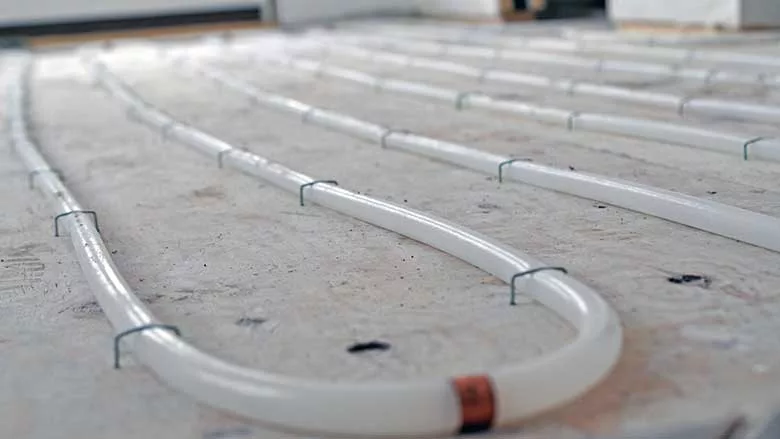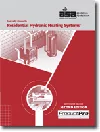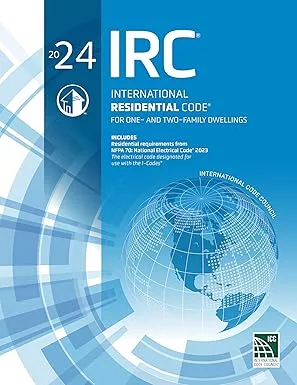Retrofitting radiant in residential
Radiant products ideal for retrofit applications.

With homes now doing dual duty as both a residence and a workplace, many people are spending double the time in the same space. This lifestyle shift has launched a home-renovation trend for people who are looking to change their current living spaces to better align with the needs of life and work in one place.
Since this trend is also coinciding with a focus on healthier indoor environments, more and more homeowners are looking to retrofit radiant floor heating into their homes due to the superior energy efficiency, indoor air quality and exceptional comfort the system provides.
To maximize this opportunity for your radiant business, make sure you’re aware of these products and applications that are ideal for residential radiant retrofits.
Aluminum plates
Aluminum is an excellent conductor of heat, so using aluminum heat-transfer plates is an effective way to install a high-performing radiant floor heating system when installation on the surface of the floor is not an option. The plates fasten to the underside of the subfloor between the joists and feature a channel down the middle where the piping locks into place. A “stamped” aluminum heat-transfer plate features the piping channel on the face (or top) of the plate that fastens to the subfloor, so the pipe must be installed first and then the plate is fastened to the underside of the subfloor. An “extruded” aluminum heat-transfer plate has a channel on the underside of the plate, so the plate can first be fastened to the subfloor and then the pipe can be installed. Note that after installation, it is important to add a minimum R-11 fiberglass insulation into the joist bay snug against the plates to prevent downward heat loss.

Knobbed mats
Knobbed mats are becoming a more widely used option for radiant floor heating due to their ease of use. Available with or without insulation built in underneath, the mats come pre-formed with knobs throughout the surface which make it easy to “snap” the pipe into place. Simply adhere the mats to the concrete slab or wood subfloor and press the pipe between the knobs (either by foot or by hand). After the pipe is installed, it is then covered with lightweight gypsum concrete to create a smooth, solid surface for the flooring.

Wood panels
With typical thicknesses of only a half inch, wood radiant panels are an ideal solution for residential remodeling and retrofit applications. The panels simply fasten to the plywood subfloor and feature a groove down the center for the piping placement. An aluminum sheet on the bottom of the panel increases heat transferability. This method offers several advantages in addition to the minimal increase in floor height, including no moisture from concrete overpours and increased BTU output potential over joist heating.

Joist clips
For homeowners simply looking for floor warming without needing to heat the space, joist clips are a good option. The clips simply fasten to the underside of the subfloor between the joists and suspend the PEX from the subfloor. Like aluminum plates, it is important to add fiberglass insulation after the piping is installed. However, unlike aluminum plates where the insulation must be snug against the plate, in joist clip installations, there must be an inch gap between the PEX pipe and the insulation. This creates an air gap below the subfloor which will enable the heat to better transfer to the floor.

Beyond the floors
When floor installation isn’t an option, consider radiant walls or ceilings. Knobbed mats and wood panels are perfect for radiant wall applications, and aluminum plates are great for radiant ceilings. Some installers have even used radiant in really unique applications, such as behind bathroom mirrors to keep them from fogging up or within towel racks so homeowners can enjoy a warm towel right out of the shower. There have even been installations where radiant pipe was embedded in kitchen counters to keep the surface warm for food.

Wireless controls
For complete freedom in thermostat placement without the hassle of running wires, there are wireless radiant control systems available that make installs faster and easier for the contractor and provide greater system control for homeowners. These systems can manage multiple thermostats and actuators for various zones in a home, and some products even feature automatic balancing. This technology calculates the actual energy need of single rooms and adapts the heat output of each loop by controlling the actuator’s on and off cycle. This means a short loop might get 20% on time while a long loop might get 60%. The automatic balancing continues through the seasons and throughout the household’s changing lifestyle and usage patterns, removing the need for manual balancing and providing greater energy efficiency for the system.

Proper design
No matter the product, application, or control system you choose, a good design is always paramount for any radiant project — new or retrofit. Getting the proper radiant design training from a reputable radiant system manufacturer or having a radiant design professional do the design for you is the best way to ensure the system will perform properly. As any good radiant contractor knows…once the system is installed, it’s nearly impossible to fix a bad design.

For further information about residential radiant retrofits, visit uponor.com/radiant or visit the radiantprofessionalsalliance.org, heatinghelp.com or healthyheating.com.
Looking for a reprint of this article?
From high-res PDFs to custom plaques, order your copy today!








